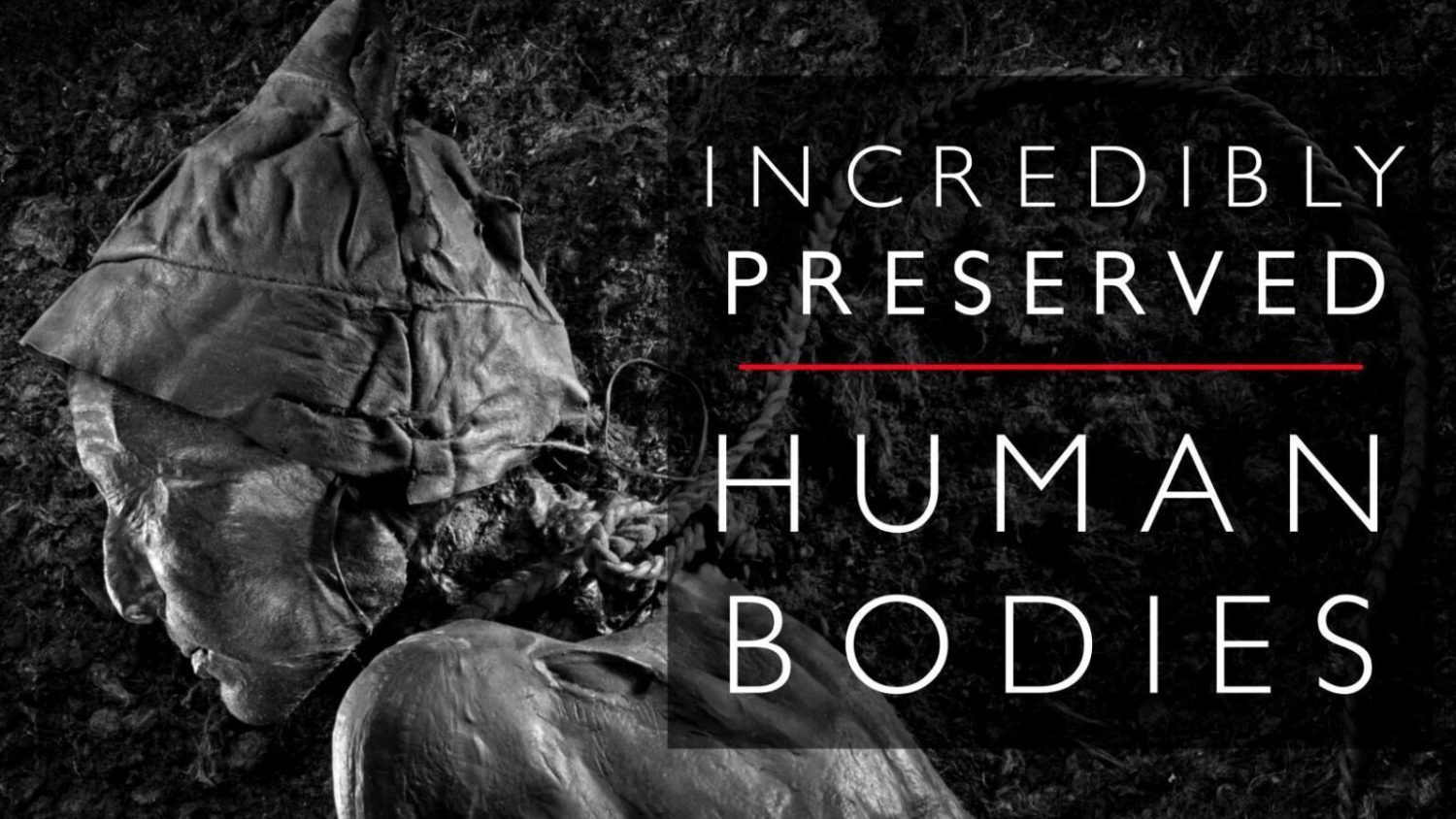There has always been a fascination with death among human beings. Perhaps it is because death reminds us of the temporary nature of everything, including our own lives, that we are so drawn to it. Here is a list of 21 of the world's best-preserved human bodies that will astound you.
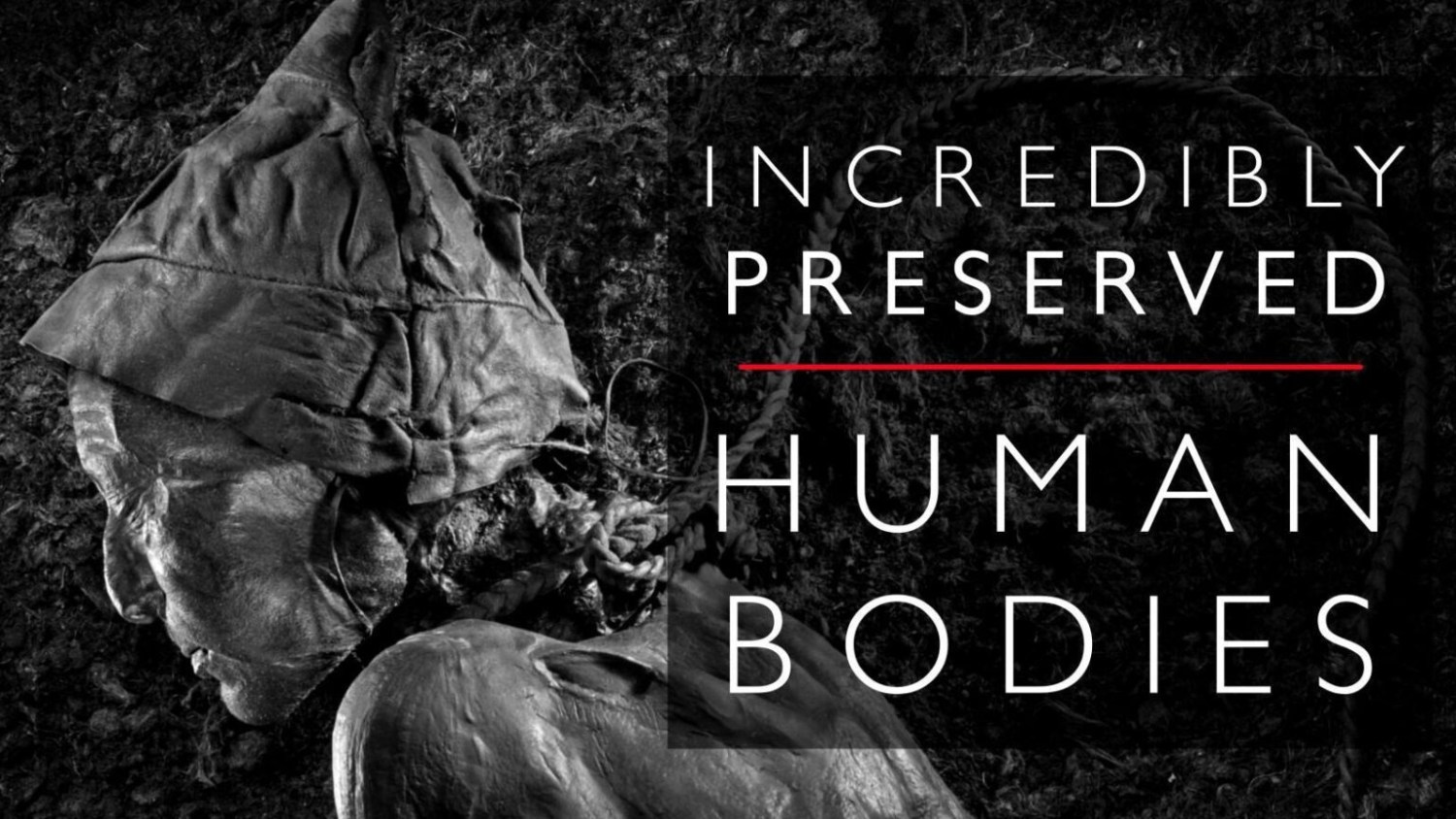
1 | Rosalia Lombardo
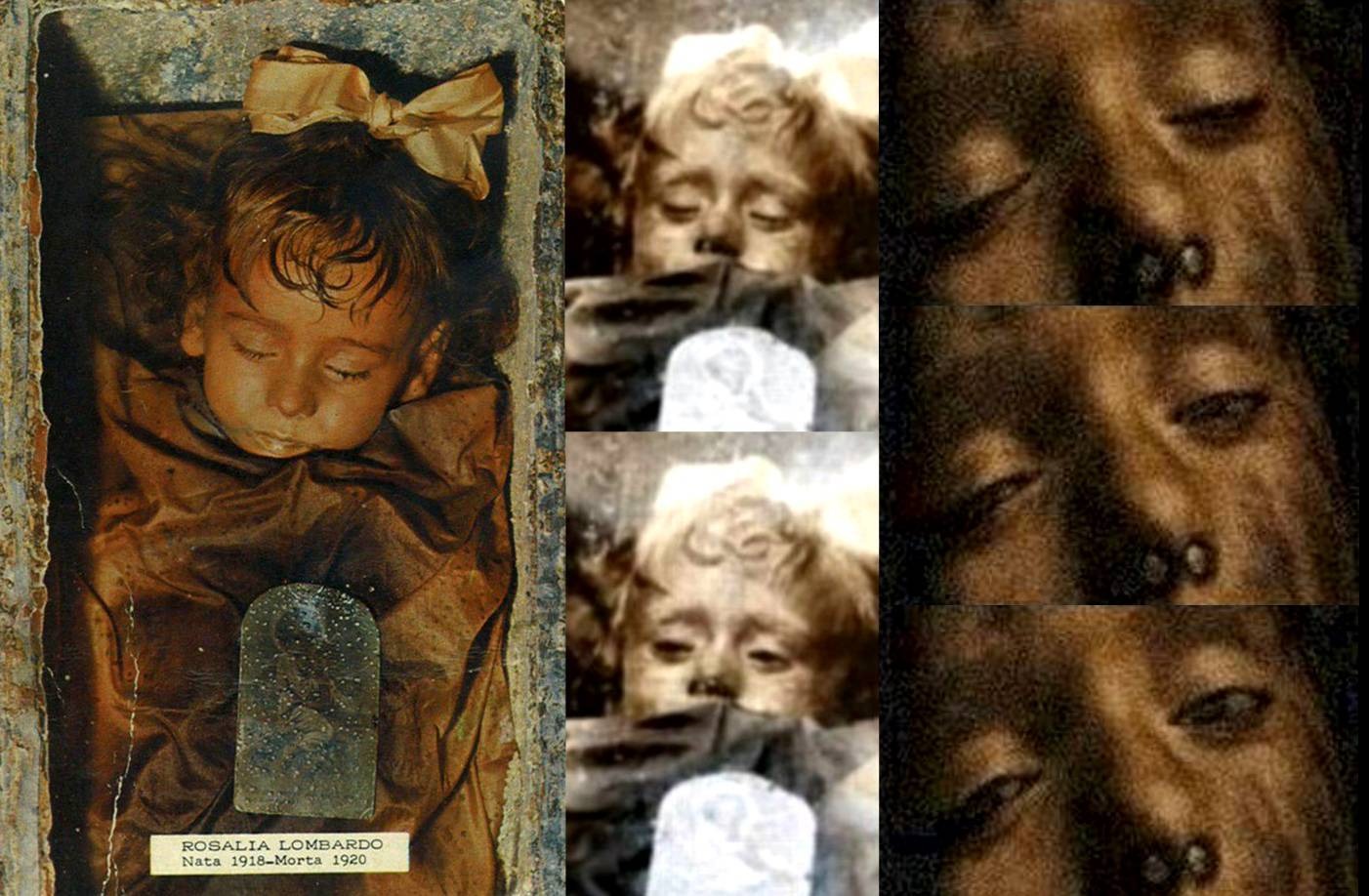
Rosalia Lombardo was a child born in Palermo, Sicily in 1918. She passed away from pneumonia on December 6, 1920. Her father was so devastated by her death that he had her body embalmed in order to preserve it. Rosalia's body was one of the last to be admitted to the Capuchin catacombs in Palermo, where it is kept in a small chapel in a glass-covered coffin.
Nicknamed the "Sleeping Beauty", Rosalia Lombardo is known for being one of the world's best-preserved mummies. She is also referred to as the "Blinking Mummy" due to the appearance of half-open eyelids in some photographs. Scholars believe that the illusion of Rosalia's blinking eyes is caused by the angle at which light from the windows hits her face.
2 | La Doncella – Inca Maiden

In 1999, the remains of La Doncella were discovered in an icy pit at the top of Mount Llullaillaco, a volcano located in the north-west region of Argentina near the border with Chile. La Doncella was 15 years old when she was sacrificed to the Inca gods, along with a younger boy and girl. DNA analysis indicated that the three individuals were not related. CT scans revealed that they had been well-nourished and did not have any broken bones or other injuries. However, La Doncella did have sinusitis and a lung infection.
Prior to their selection as sacrificial victims, the children's diet consisted mainly of vegetables like potatoes, typical of a peasant's diet. However, in the year leading up to their deaths, their diet changed significantly to include maize, a luxury food, and dried llama meat. A shift in their lifestyle about 3 to 4 months before their deaths suggests that this was when they began their journey to the volcano, likely from the Inca capital city of Cuzco.
The children were brought to the top of Llullaillaco, where they were given maize beer and coca leaves to induce sleep. They were then placed in underground niches. When La Doncella was discovered, she was seated cross-legged in her brown dress and striped sandals, with remnants of coca leaves on her upper lip. There was a crease on one cheek where it rested against her shawl as she slept. The high altitude would have quickly caused her death due to exposure.
3 | The Inuit Baby
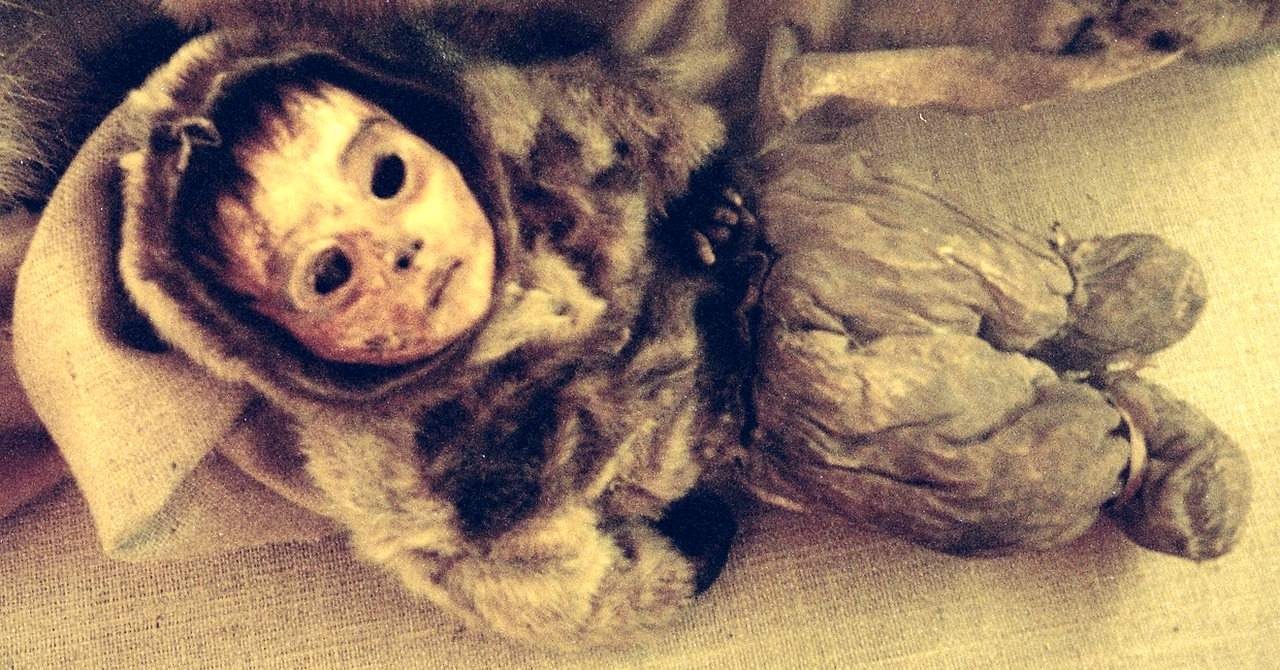
The Inuit baby was one of eight mummies (six women and two children) found in 1972 at a gravesite near the former coastal settlement of Qilakitsoq, a desolate area of Greenland. The graves were dated to 1475 AD. One of the women had a malignant tumor near the base of her skull, which was likely the cause of her death.
The Inuit baby, a boy around 6 months old, seemed to have been buried alive with the woman. At that time, Inuit custom dictated that a child be buried alive or suffocated by its father if no woman was available to nurse it. The Inuit believed that the child and its mother would journey to the land of the dead together.
4 | The Franklin Expedition Mummies
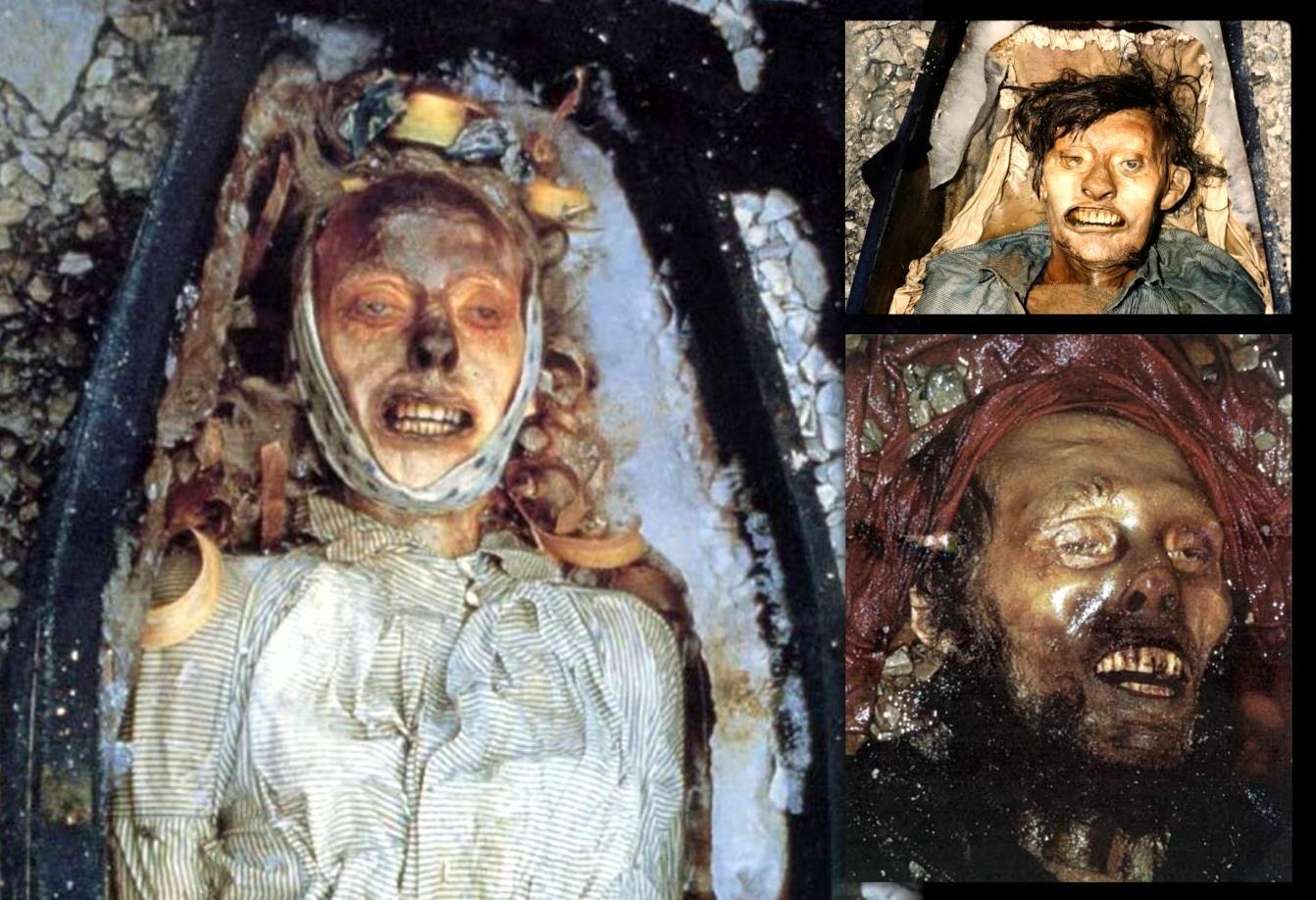
One hundred men set sail on two ships to the New World in search of the legendary Northwest Passage, a trade route to the Orient. However, they never reached their destination or returned home and were quickly forgotten by history. Five years later, an expedition to Beechey Island discovered the remains of a long-dead community, including three mysterious graves belonging to John Torrington, John Hartnell, and William Braine.
In 1984, nearly a century after the bodies were buried, archaeologists and researchers exhumed and examined them in an attempt to determine the cause of death. They were surprised to find that the bodies were exceptionally well-preserved. They attributed this to the permafrost in the tundra and were able to accurately determine that the mummies were 138 years old.
5 | Xin Zhui – Lady Dai
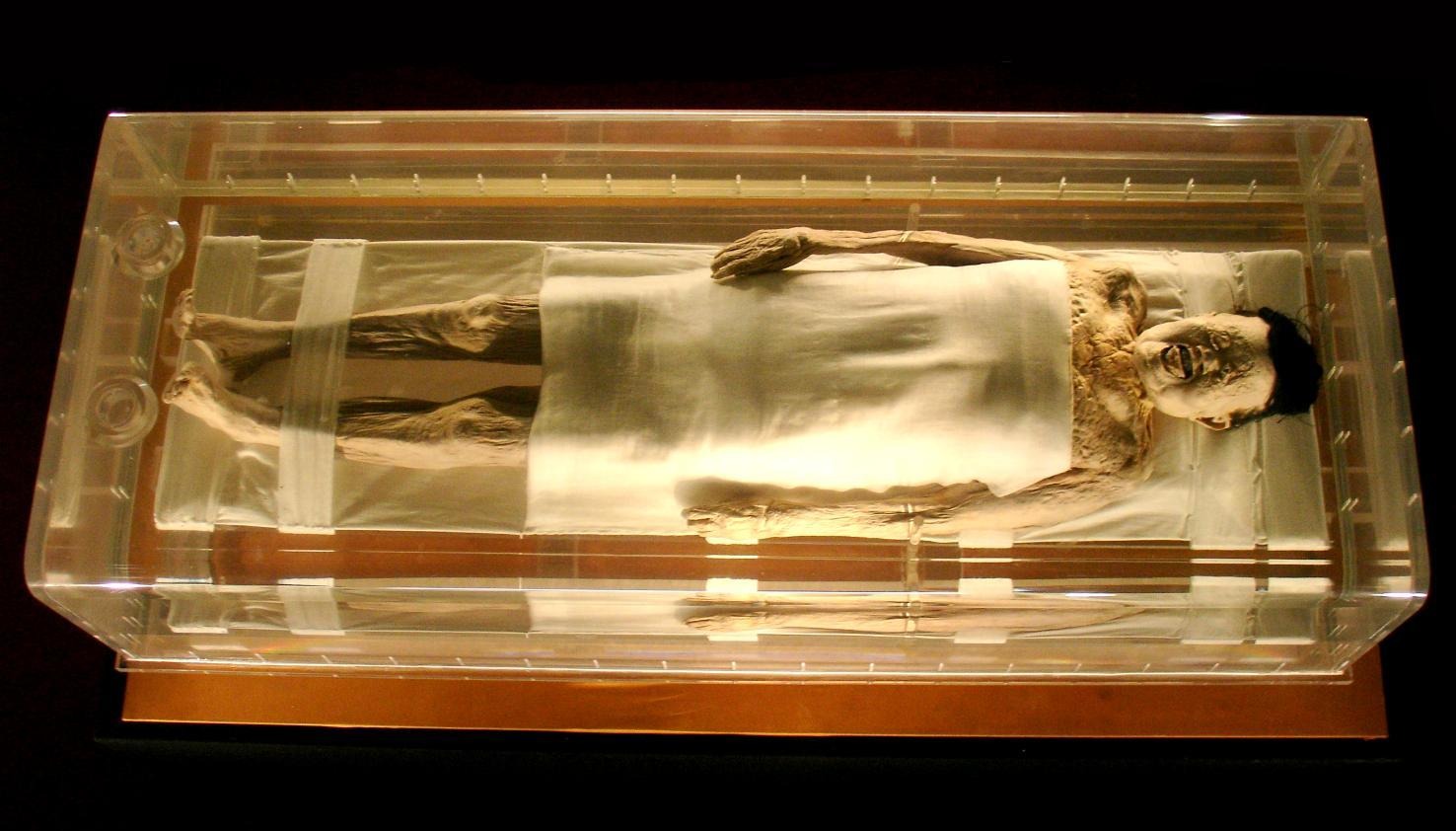
Xin Zhui was the wife of the Marquis of Han and died near the city of Changsha, China around 178 BC at the age of 50. In 1971, her well-preserved remains were discovered in a massive Han Dynasty-era tomb more than 50 feet below the earth, along with over 1,000 other well-preserved artifacts.
Xin Zhui's body was tightly wrapped in 22 dresses made of silk and hemp and 9 silk ribbons, and was placed in four nested coffins. Her body was so well-preserved that it was examined as if it were recently deceased. Her skin was pliable, her limbs could be moved, and her hair and internal organs were in good condition. The remains of her final meal were found in her stomach, and her veins still contained red, flowing type A blood.
She was found to have parasites, lower back pain, and clogged arteries upon examination. Additionally, her heart was severely damaged, likely due to obesity, and she was overweight at the time of her death.
6 | Grauballe Man
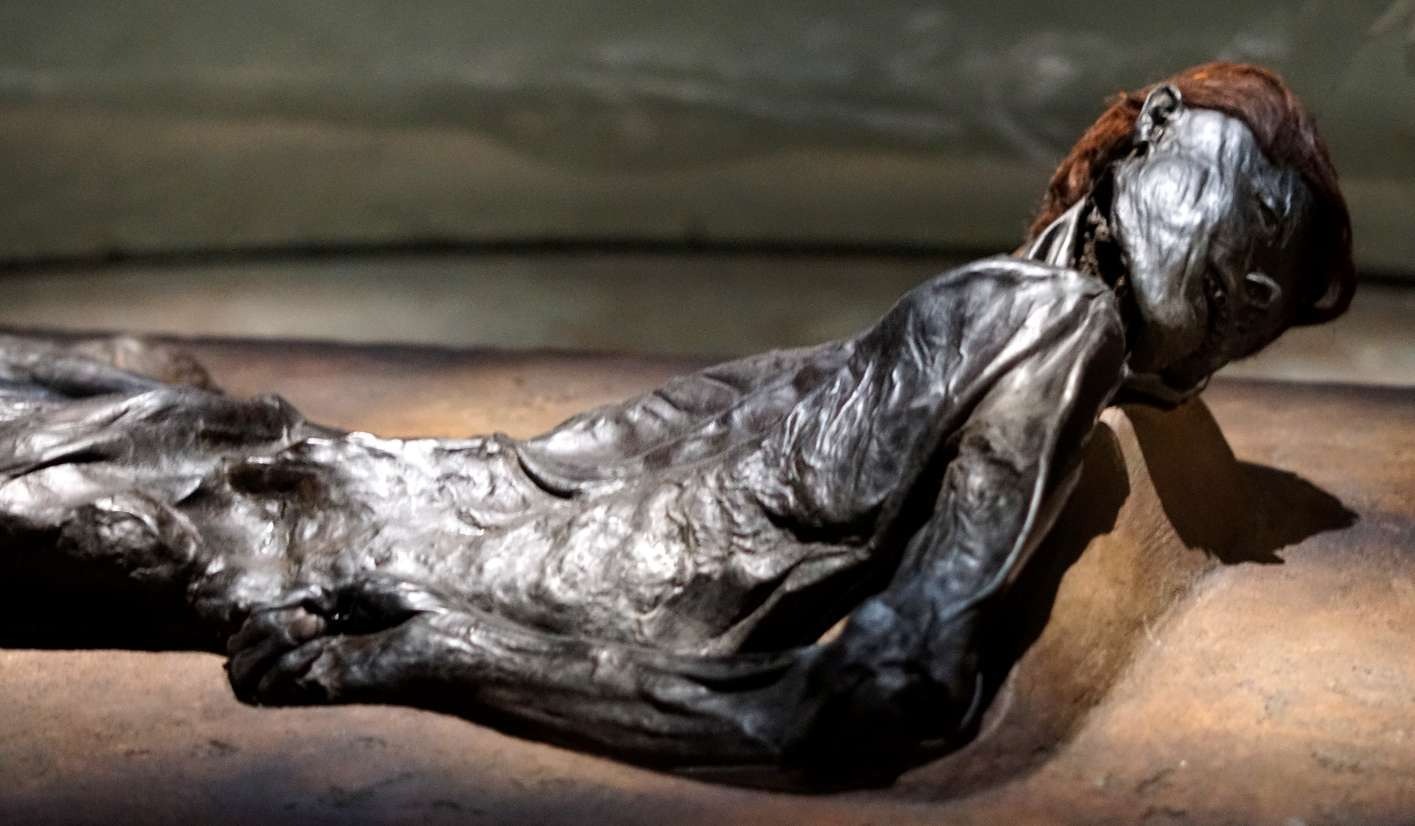
The Grauballe Man was a man who lived on the Jutland Peninsula in Denmark during the late 3rd century BC. His remains were found in 1952 in a peat bog near the village of Grauballe. He was around 30 years old, about 5 ft 9 in tall, and naked when he died.
The Grauballe Man had dark hair that had been changed to a reddish color by the bog. He had stubble on his chin and smooth hands, which indicated that he did not engage in hard labor, such as farming. His teeth and jaws showed signs of malnutrition or poor health in his early childhood. Additionally, he had arthritis in his spine.
Before his death, the Grauballe Man's last meal consisted of porridge or gruel made from corn, seeds from over 60 different herbs and grasses, and traces of the poisonous fungi ergot. The presence of ergot in his system would have caused painful symptoms such as convulsions and a burning sensation in the mouth, hands, and feet. It may have also caused hallucinations or even coma.
The Grauballe Man's death was the result of his neck being cut open from ear to ear, which severed his trachea and esophagus. This may have been done as a public execution or as a human sacrifice in connection with Iron Age Germanic paganism.
7 | Tollund Man
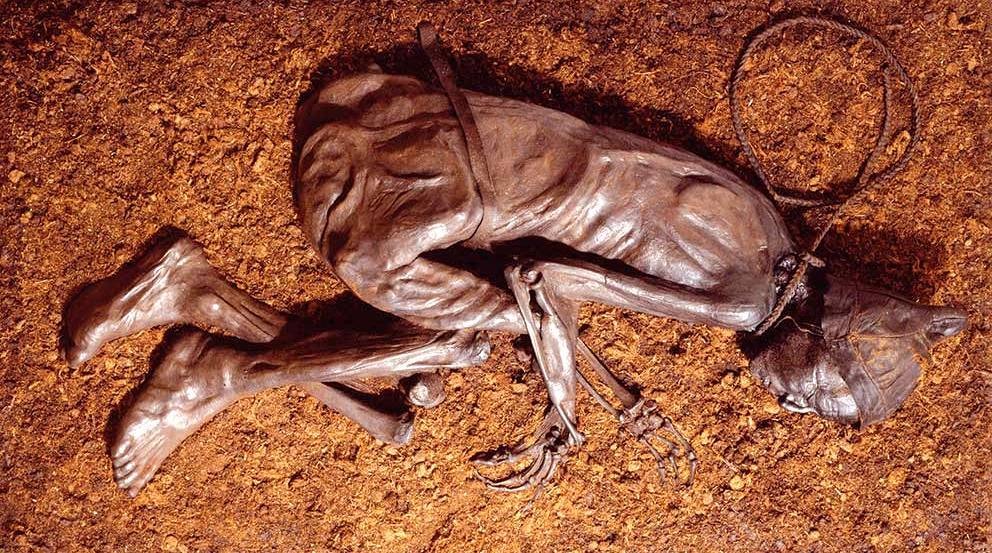
The Tollund Man, like the Grauballe Man, was a man who lived on the Jutland Peninsula in Denmark during the 4th century BC. He was discovered in 1950 in a peat bog, where he was buried. At the time of his death, he was around 40 years old and about 5 ft 3 in tall. His body was found in a fetal position.
The Tollund Man was dressed in a pointed skin cap made of sheepskin and wool, which was fastened under his chin, and a smooth hide belt around his waist. A noose made of plaited animal hide was also drawn tight around his neck and trailed down his back. He was otherwise naked.
The Tollund Man had short hair and short stubble on his chin and upper lip, indicating that he had not shaved on the day of his death. His last meal consisted of a porridge made from vegetables and seeds, and he lived for 12 to 24 hours after eating it. He died by hanging rather than strangulation.
8 | Ur-David – The Cherchen Man
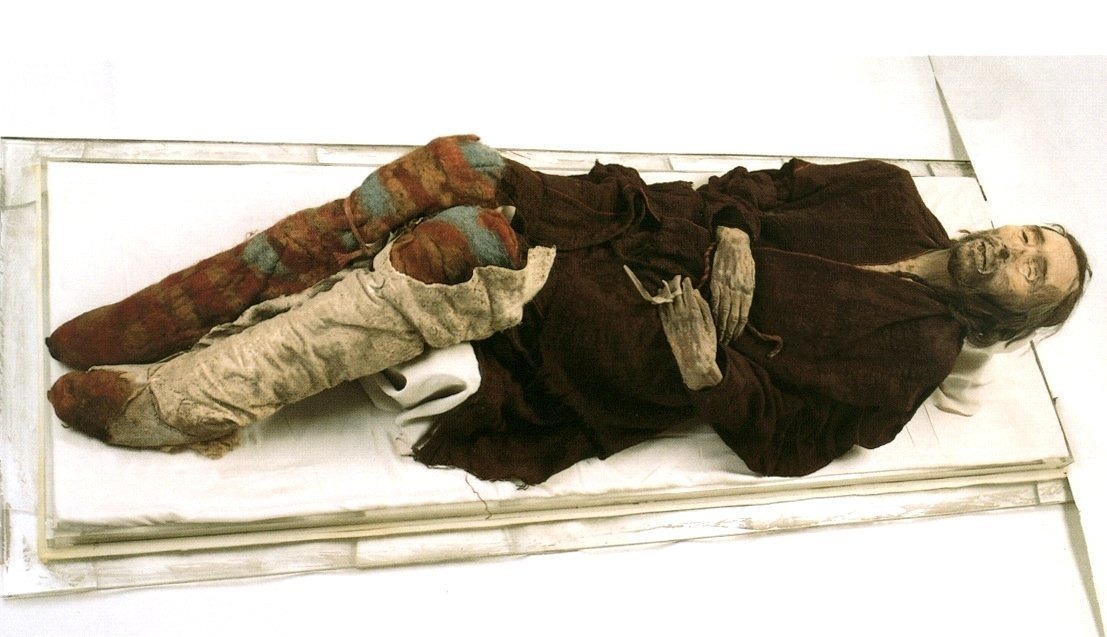
Ur-David is one of a group of mummies found in the Tarim Basin in present-day Xinjiang, China, that date from 1900 BC to 200 AD. He was tall, had red hair, and had a European appearance. It is likely that he spoke an Indo-European language.
Y-DNA analysis revealed that Ur-David belonged to Haplogroup R1a, which is characteristic of western Eurasia. At the time of his death, which occurred around 1,000 BC, he was wearing a red twill tunic and tartan leggings. It is likely that he died at the same time as his 1-year-old baby son.
9 | The Beauty Of Loulan
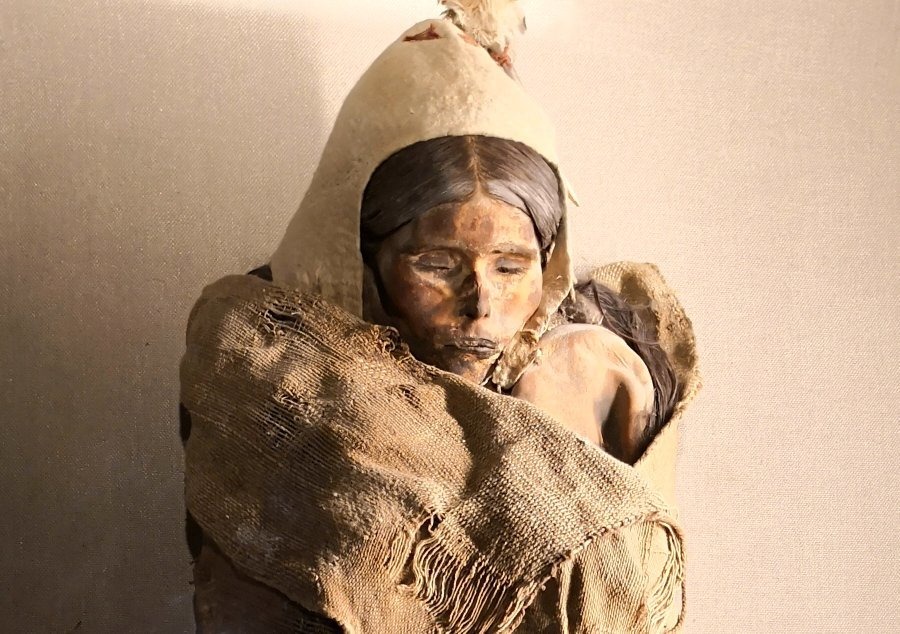
The Beauty of Loulan is one of the most well-known Tarim mummies, along with the Cherchen Man. She was discovered in 1980 by Chinese archaeologists who were working on a film about the Silk Road. The mummy was found near Lop Nur, buried 3 feet beneath the ground.
Due to the dry climate and the preserving properties of salt, the Beauty of Loulan's mummy was extremely well preserved. It was wrapped in a woolen cloth and surrounded by funerary gifts.
The Beauty of Loulan lived until the age of 45, around 1,800 BC, when she likely died from lung failure due to ingesting a large amount of sand, charcoal, and dust. It is believed that she died in the winter. The poor condition of her clothes and the presence of lice in her hair suggest that she lived a difficult life.
10 | Tocharian Female
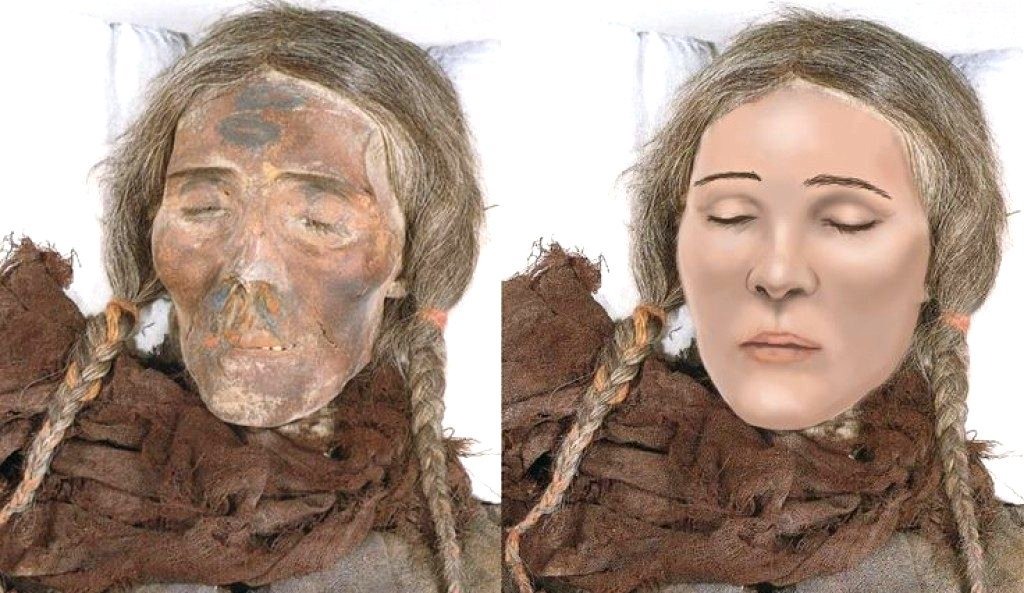
This Tocharian female is another Tarim Basin mummy who lived around 1,000 BC, like Ur-David and Loulan Beauty. She was tall, had a high nose, and long flaxen blond hair that was perfectly preserved in ponytails. The weave of her clothing is similar to Celtic cloth. She was around 40 years old when she died.
11 | Evita Peron
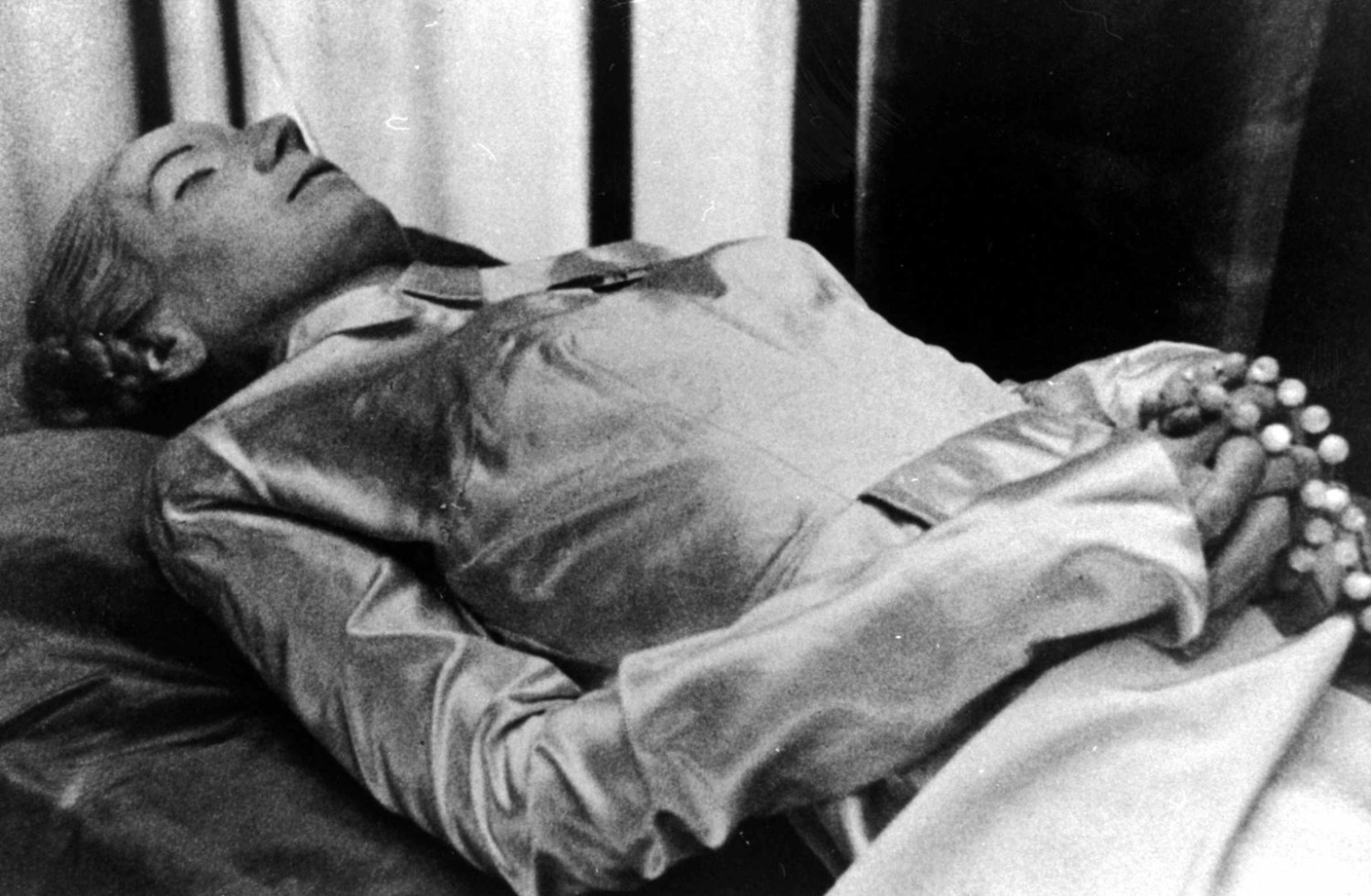
Three years after her death in 1952, the body of Argentinian politician Evita Peron disappeared, around the same time that her husband, President Juan Peron, was deposed. It was later revealed that Evita's body had been stolen by Anti-Peronists in the Argentinian military and taken on a journey that lasted nearly two decades.
When Evita's body was returned to ex-President Peron, it had mysterious marks of injury all over it. Peron's then-wife Isabella reportedly had a strange fascination with Evita's corpse and would comb her hair every day with reverence. Isabella is also said to have climbed into the coffin from time to time to "soak up her magic vibrations." During this time, Evita's corpse was placed at the kitchen table.
12 | Tutankhamun
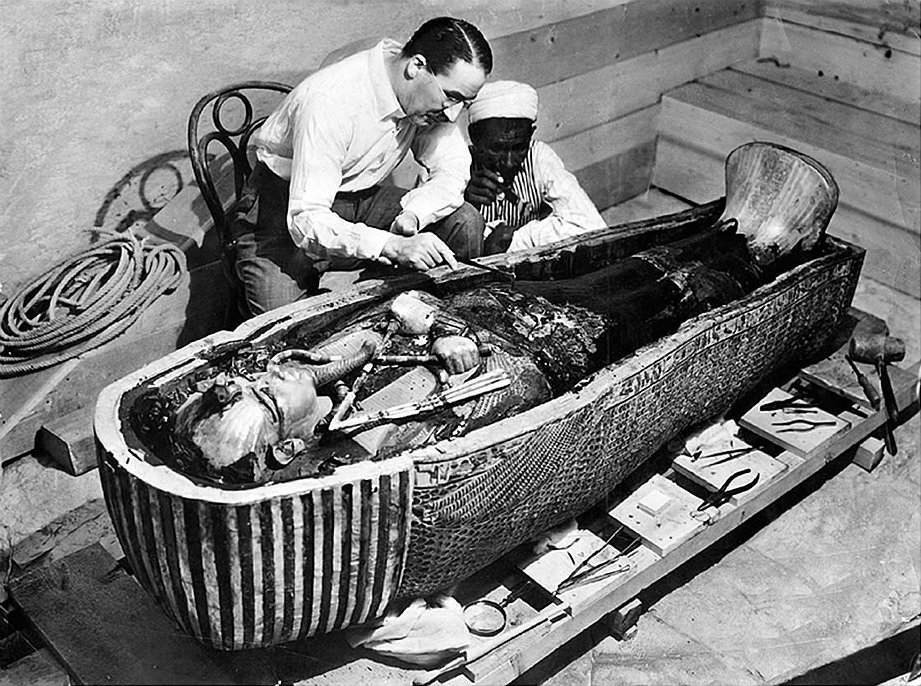
Tutankhamun was a famous Egyptian pharaoh who lived from approximately 1341 BC to 1323 BC. The discovery of his nearly intact tomb in 1922 received widespread media attention. Tutankhamun was slightly built and around 5ft 11in tall. He appeared to be around 19 years old at the time of his death.
DNA tests revealed that Tutankhamun was the result of an incestuous relationship between his father, Akhenaten, and one of Akhenaten's sisters. The exact cause of Tutankhamun's early death is unknown, but it is believed that several genetic defects caused by inbreeding were responsible for his tragic end.
King Tutankhamun, also known as Egypt's boy pharaoh, likely experienced significant pain before his death, which was caused by a combination of malaria and an infected broken leg. He also had a cleft palate and a curved spine, and may have been weakened by inflammation and immune system issues.
King Tut was buried with two mummified fetuses who are believed to be his two stillborn children with his wife (and half-sister) Ankhesenamun.
13 | Ramesses The Great
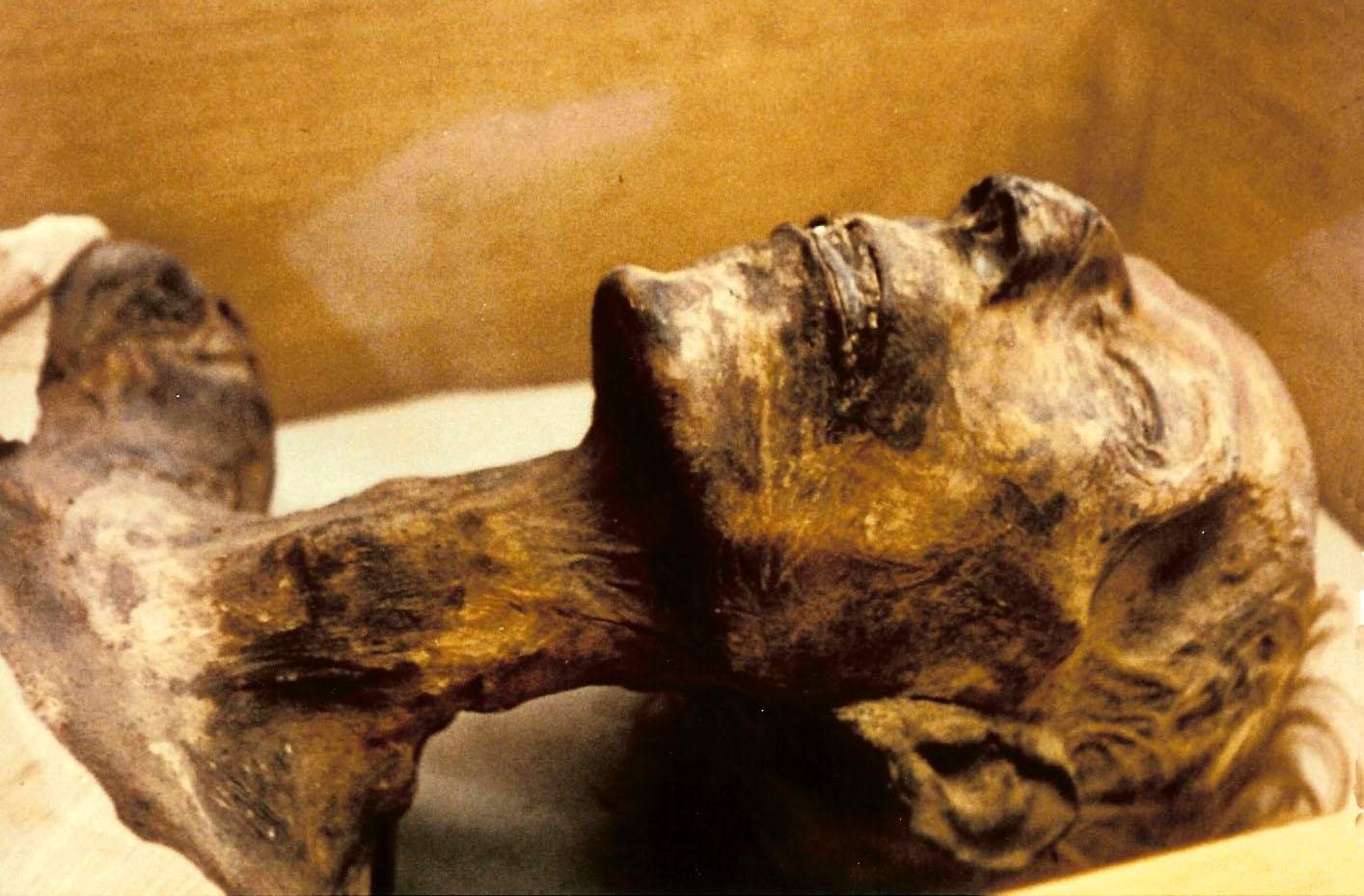
Ramesses II, also known as Ramesses the Great, was the third pharaoh of the Nineteenth Dynasty of Egypt and is often considered the greatest, most celebrated, and most powerful pharaoh of the New Kingdom, a period of great power in Ancient Egypt. His successors and later Egyptians referred to him as the "Great Ancestor."
Rameses the Great died in 1213 BC at the age of 90. By the time of his death, he was suffering from severe dental problems and had arthritis and hardening of the arteries. He had made Egypt wealthy through the supplies and riches he had collected from other empires and left many memorials throughout the country. In his honor, nine more pharaohs took the name Ramesses.
14 | Ramesses III
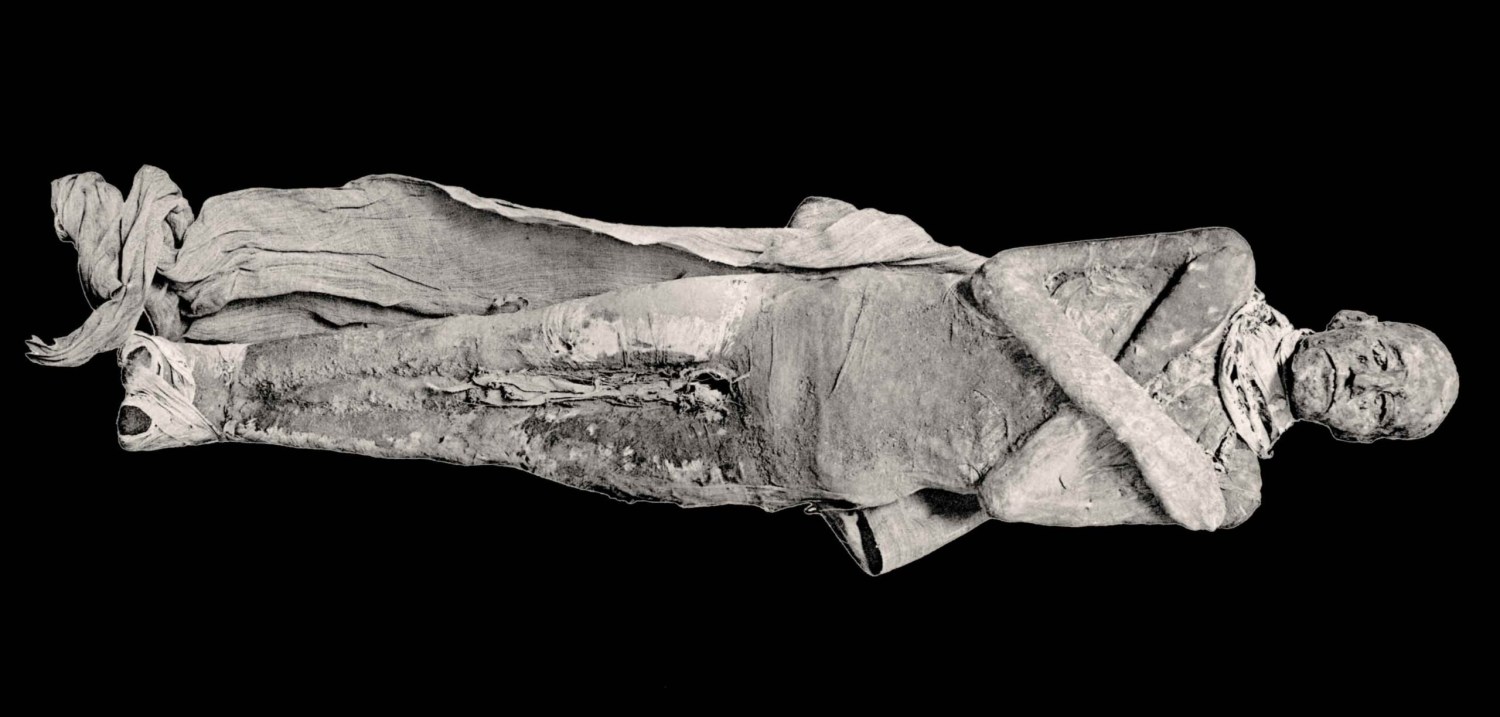
Ramesses III is considered one of the most enigmatic Egyptian mummies, and his death has been the subject of much debate among scientists. It was eventually discovered that he was one of Egypt's greatest Pharaohs during the 20th dynasty.
Historians have speculated that Ramesses III was murdered by his sons in 1,155 BC based on the presence of a 7-centimeter deep cut on his throat. Despite this, his mummy is now considered to be one of the best-preserved in Egyptian history.
15 | Dashi Dorzho Itigilov
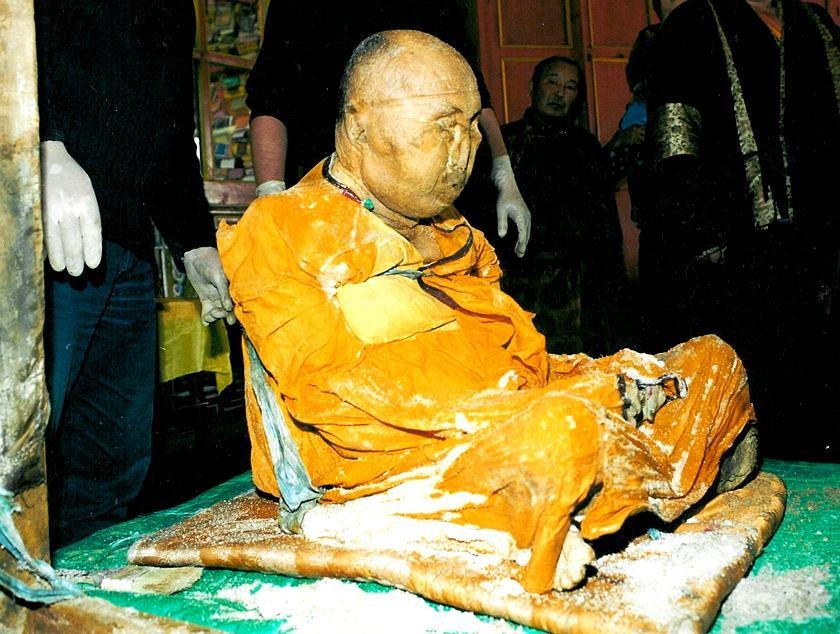
Dashi Dorzho Itigilov was a Russian Buddhist lama monk who died in the lotus position while chanting in 1927. He had requested to be buried in the position in which he was found. Nearly two decades later, in 1955, monks exhumed his body and discovered that it had not decomposed.
16 | Clonycavan Man
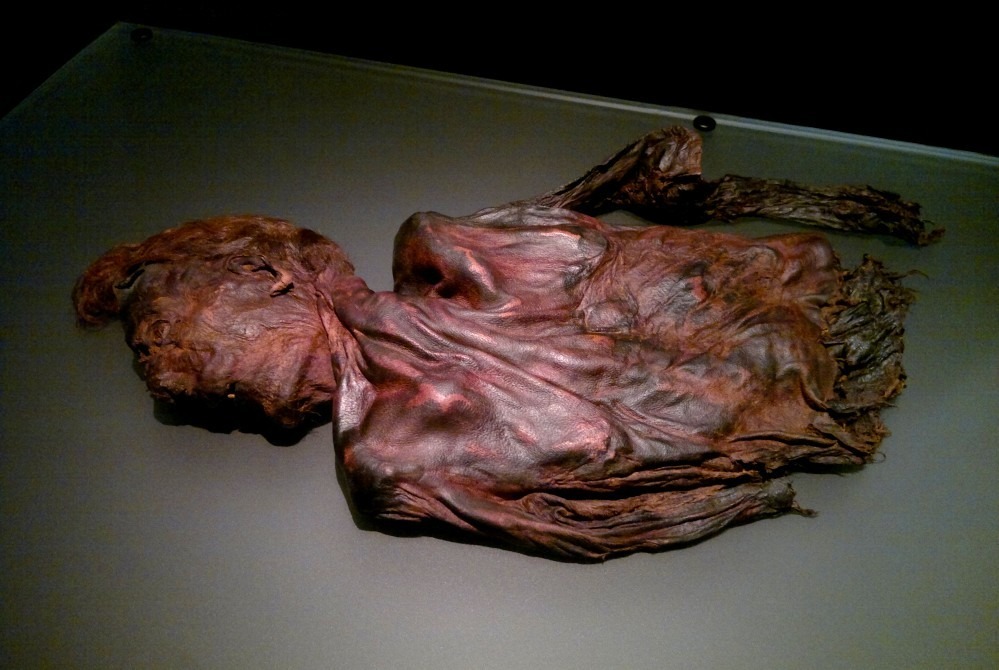
The Clonycavan Man is a well-preserved Iron Age bog body that was found in Clonycavan, Ballivor, County Meath, Ireland in March 2003. Only his upper torso and head survived, and there are signs that he was murdered.
Radiocarbon dating placed the Clonycavan Man's remains between 392 BC and 201 BC. His hair was styled with pine resin, a very early form of hair gel, which was sourced from trees that only grow in Spain and southwest France. This indicates the existence of long distance trade routes at the time.
17 | Juanita, The Ice Maiden
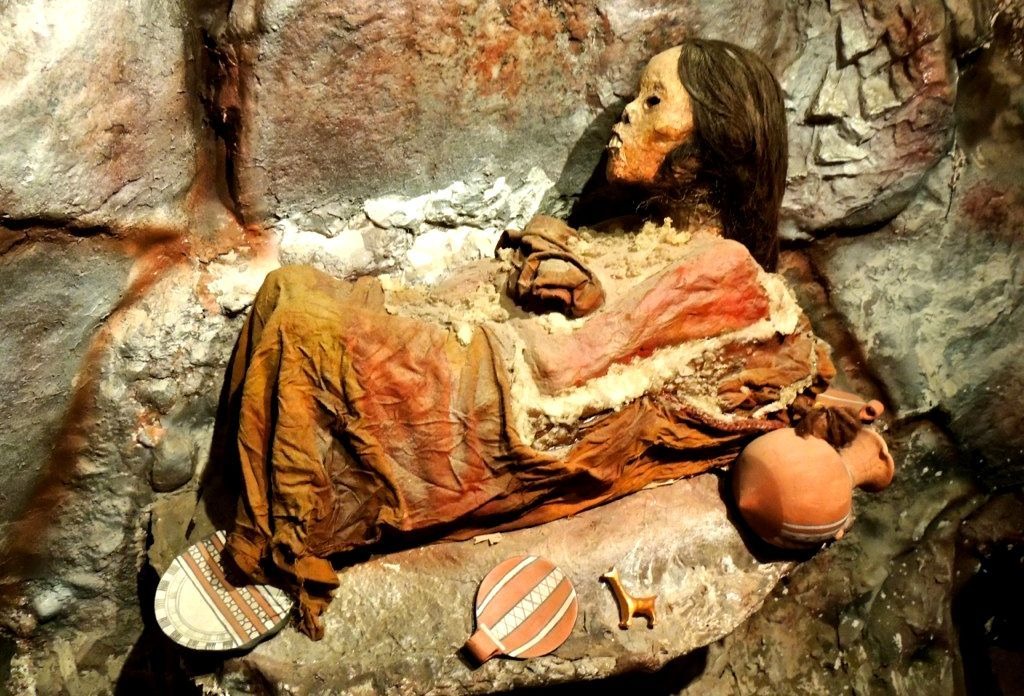
Juanita the "Ice Maiden" was a 14-year-old who was sacrificed by Inca priests to their gods as appeasement. Her body was frozen in a volcano's crater for nearly five centuries and was discovered in 1995 by archaeologists Jon Reinhard and Miguel Zarate at the base of Mt. Ampato in Peru. The body, which was estimated to be around 500 years old, was remarkably intact and is considered one of the greatest scientific discoveries of the time.
18 | Ötzi The Iceman
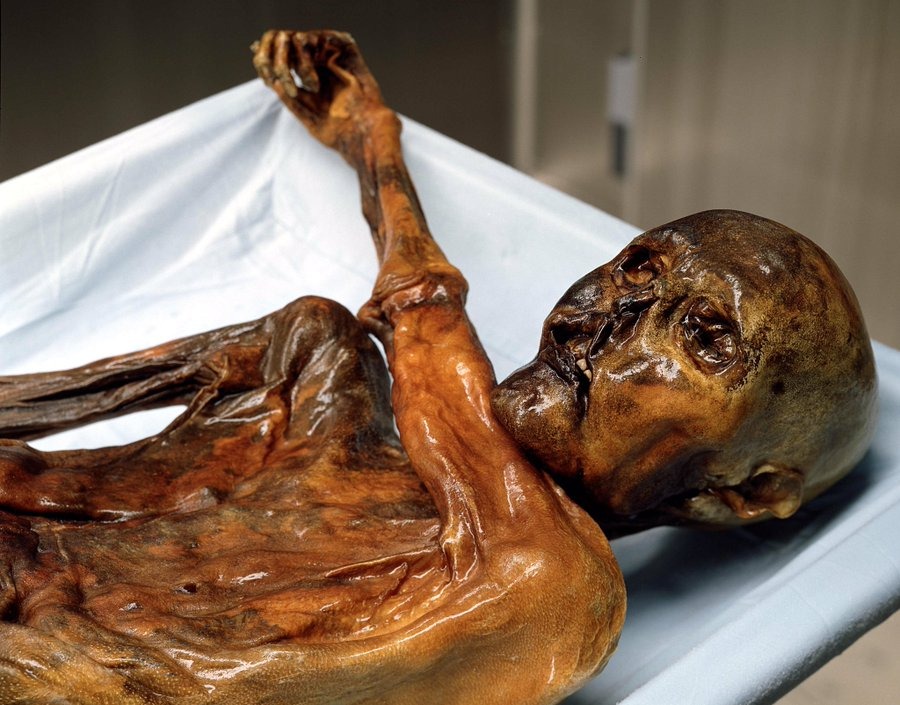
Ötzi the Iceman lived around 3,300 BC and was discovered in 1991, frozen in a glacier in the Ötztal Alps on the border between Austria and Italy. He is Europe's oldest natural human mummy and has been extensively studied by scientists. At the time of his death, Ötzi was around 5 ft 5 in tall, weighed about 110 lb, and was around 45 years old.
Ötzi died a violent death, as evidenced by an arrowhead lodged in his left shoulder (though the shaft had been removed prior to his death), bruises and cuts on his hands, wrists, and chest, and a blow to the head that likely caused his death. One of the cuts on the base of his thumb reached down to the bone.
DNA analysis reportedly revealed traces of blood from four other individuals on Ötzi's gear: one on his knife, two from the same arrowhead, and a fourth from his coat. This suggests that Ötzi may have killed two people with the same arrow and retrieved it on both occasions. The blood on his coat may be from a wounded comrade that he carried on his back, which suggests that Ötzi was part of a group that was away from their home territory, possibly an armed raiding party involved in a skirmish with a neighboring tribe.
19 | St. Bernadette
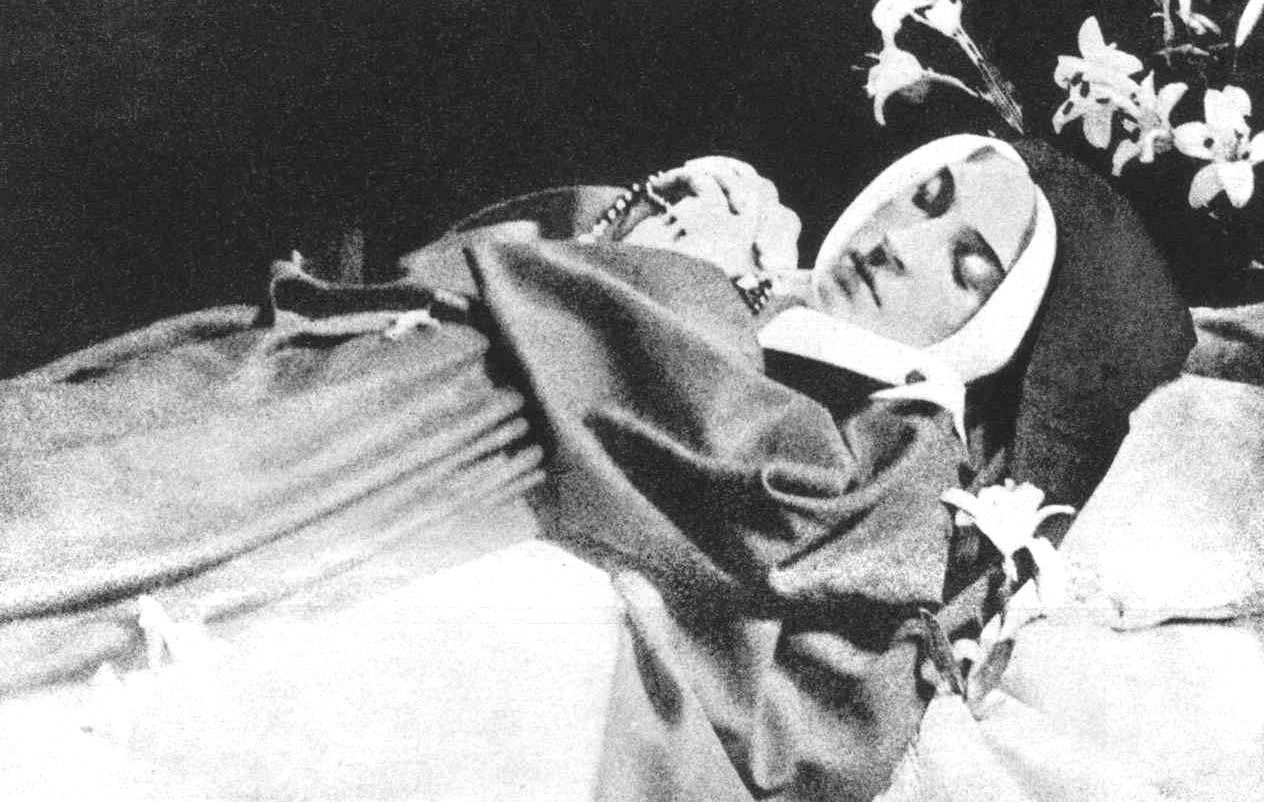
St. Bernadette was born in 1844 in Lourdes, France as the daughter of a miller. She reported having frequent visions of the Virgin Mary throughout her life, and one such vision led her to discover a spring that has been said to have healing properties. 150 years later, miracles are still being reported at the site. St. Bernadette died at the age of 35 from tuberculosis in 1879, and during her canonization process, her body was exhumed in 1909 and was found to be incorrupt.
20 | The Beauty Of Xiaohe

In 2003, archaeologists excavating the Xiaohe Mudi Graveyards in China discovered a group of mummies, including one that became known as the Beauty of Xiaohe. The woman's hair, skin, and even eyelashes were perfectly preserved, and her natural beauty is still evident even after four millennia.
21 | Vladimir Lenin
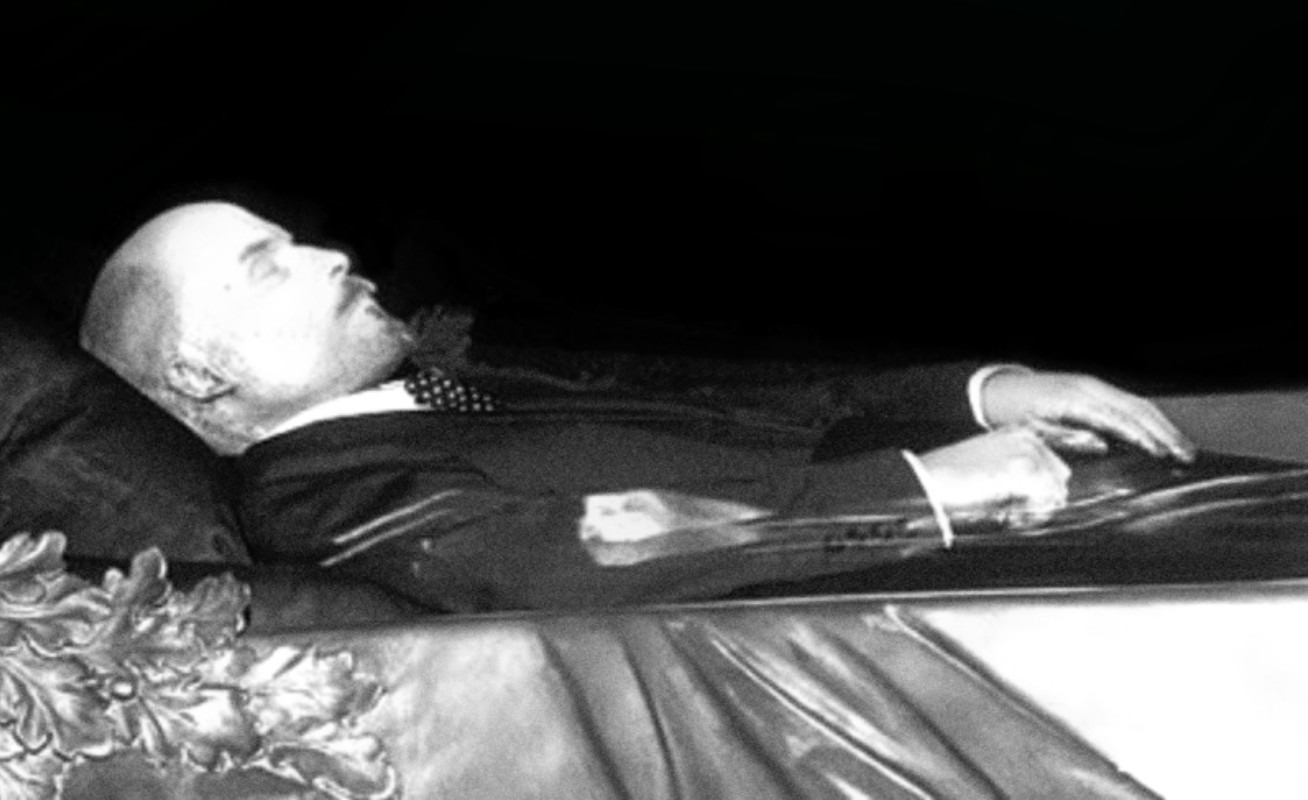
The most famously preserved mummy in the world is that of Vladimir Lenin, which is located in Moscow's Red Square. After the Soviet leader's death in 1924, Russian embalmers used their collective knowledge of centuries-old techniques to preserve his body.
To preserve Lenin's body, the embalmers removed his organs and installed a humidifier, as well as a pumping system to maintain his body's core temperature and fluid intake. As a result, Lenin's mummy has remained horrifyingly lifelike to this day, and some even claim that it continues to "improve with age."
Bonus:
Cryonics
Life can be suspended and later resumed if its basic structure is preserved. For example, human embryos are routinely preserved for years at temperatures that completely halt the chemistry of life. In addition, adult humans have survived being cooled to temperatures that halt the functioning of the heart, brain, and other organs for up to an hour.

Cryonics is the process of freezing a human corpse or severed head at low temperatures (-196°C or -320.8°F) with the hope of potentially reviving them in the future. As of 2014, there were approximately 250 cryogenically preserved corpses in the United States and about 1,500 people who had signed up to have their remains preserved. Currently, there are four facilities in the world that offer cryopreservation services: three in the United States and one in Russia.
